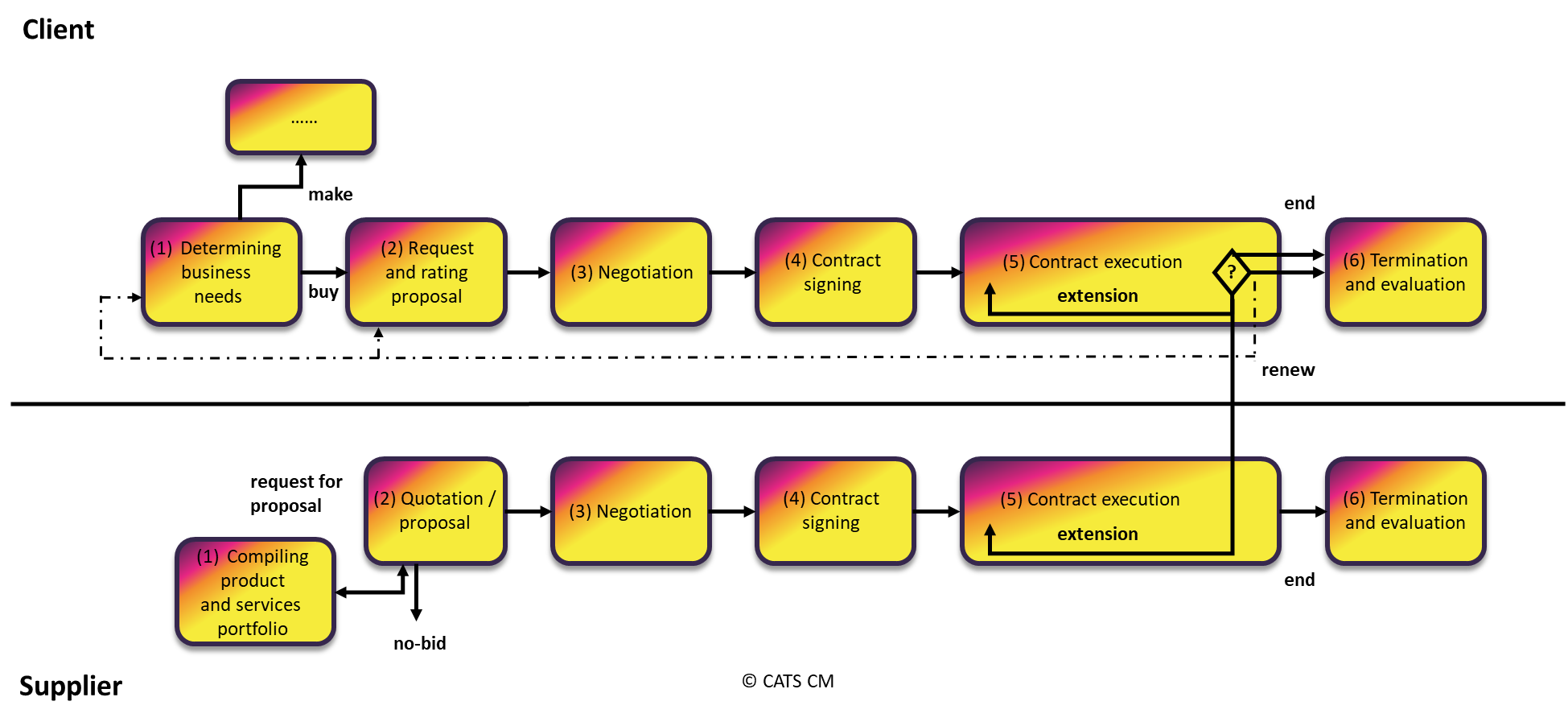In the first blog of this series, we explored why contract data matters and how a structured approach, Contract Data Management (CDM), lays the foundation for better decision-making. Now, we turn to the follow up question: What is the real value? The answer is: Well-managed contract data creates tangible operational and strategic value that reach far beyond compliance. This blog will introduce how value is created at different levels across an organization.
From Insight to Impact
Well-managed contract data means high quality, updated and reliable registered data related to contractual relationships. This data creates tangible value across three key dimensions: (i) operational, (ii) strategic, and (iii) compliance. At the operational level, CDM improves visibility into obligations, reduces mistakes, and strengthens collaboration. Strategically, it supports smarter decision-making, helping organizations anticipate market trends and prepare for future competitive and required demands in areas like legislation, sustainability, and technology. And in compliance, organized contract data enables rapid, reliable responses during audits, reorganizations, or mergers and acquisitions.
In short, CDM transforms raw data from static records into a living asset that drives performance, resilience, and return on investment (ROI). At all three dimensions prioritized CDM leads to improved visibility, better foresight and adaptability, as well as significant risk reduction. Let’s deep dive into each of the three dimensions to understand how the value is identified and created.
Operational Benefits: Working Smarter
Contract data on an operational level is collected continuously by different parties in an organization throughout the whole contract life cycle. Figure 1 depicts the contract life cycle model included in the contract management methodology CATS CM® visualizes that contract life cycle:

Figure 1: The CATS Contract Life Cycle
When contract managers consciously engage in CDM, they unlock opportunities to streamline operations as well as enhance understanding and coordination across the organization. Consider a complex construction project, where obligations between multiple parties are deeply interdependent. Having summarized, validated, and shared contract data ensures that all stakeholders understand their commitments, even when the contract manager is not directly involved.
Reliable contract data empowers teams to act confidently, manage risk proactively, and maintain continuity. The result is fewer misunderstandings, faster issue resolution, and smoother day-to-day collaboration, all grounded in a shared source of truth; a shared data hub where information from across the organization is continuously collected and visible to multiple stakeholders.
Strategic Benefits: Informed Decisions for the Future
Beyond daily operations, proactive CDM becomes a strategic catalyst. Accurate contract data allows leaders to receive overviews and informative reports on critical areas including budget performance, contract expiration timelines, resource availability, and peak workload periods. Well-managed contract data can also give management opportunity to evaluate performance, benchmark against market trends, and anticipate future developments. Whether preparing for sustainability reporting, adapting to new legislation, or integrating emerging technologies, organizations with strong data foundations are better equipped to respond quickly and intelligently.
By treating contract data as an analyzable, dynamic resource, instead of a static archive, businesses can align decisions with verified insights, ensuring strategic choices rest on solid ground rather than assumption.
Compliance Benefits: Clarity under Pressure
When leadership request contract data during an audit or acquisition, clarity and speed are everything. Having accessible, well-structured information prevents red flags and delays, reassuring both internal and external stakeholders that the organization operates transparently and responsibly. In M&A contexts, well-managed contract data plays a key role in determining the company’s total value, offering essential insights into its core operations and financial obligations.
While ad-hoc data extraction may sometimes occur, it should never be the norm. A mature CDM practice ensures that accurate, compliant information is available when it is needed mostly, not after the fact.
Data Quality: the Three V’s
Once the value is understood, it’s clear that achieving these results depends on making contract data reliable. At the heart of CDM therefor lies data quality, captured by Kelly Lyng Ludvigsen’s model of the “Three V’s”: Variety, Veracity, and Volume. The model serves as a framework for each organization’s understanding of how to ensure the quality and the utility of contract data.
Successful Contract Data Management Model =
ƒ (variety + veracity + volume )
ensure the quality and the utility of contract data.
In this CDM Model each of the V’s can be explored further:
Variety ensures standardization, reusability, and transparency. Veracity focuses on accuracy and compliance. Volume emphasizes manageable, accessible datasets.
Variety = ƒ (standardization + reusability + transparency )
Veracity = ƒ (accuracy + compliance )
Volume = ƒ (findability + accessibility )
Collaboration and Ownership
Ultimately, CDM succeeds through ownership and collaboration. Asking stakeholders “What do you need?” aligns data collection with business purpose. Training and knowledge-sharing reinforce this understanding, ensuring everyone contributes to a consistent, high-value data ecosystem.
Looking Ahead
Contract Data Management is not just an operational discipline; it is a strategic and competitive advantage that delivers measurable ROI. In the final blog of this series, we will explore how organizations can embed CDM into their culture and technology, making it sustainable and future proof.
About the authors
Kelly Lyng Ludvigsen and Linda Tonkes are contract management professionals with experience in transforming contract processes through data-driven insights. Kelly focuses on bridging the gap between operational execution and strategic business value, while Linda, Author, and Chief Wizard at CATS CM®, brings deep expertise in the CATS CM® methodology and the art of making contract management both practical and powerful.